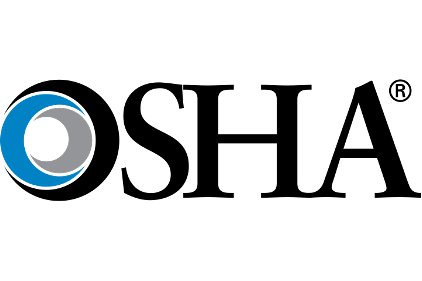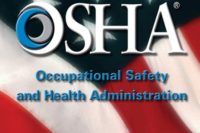Takeaways from OSHA chief talk
"The standards system doesn't work"

 ISHN Chief Editor Dave Johnson reporting from AIHce 2013:
ISHN Chief Editor Dave Johnson reporting from AIHce 2013:
Actually OSHA chief Dr. David Michaels did not give a “talk” at Tuesday morning’s opening session at the AIHce. Instead, the packed assembly room was treated to a conversation between Dr. Michaels and one of his predecessors, John Henshaw, who headed OSHA during the Bush II administration. Both were comfortably seated in chairs with cups of coffee, and both seems equally comfortable with each other.
Here are some takeaways from Dr. Michaels’ comments, most in response to questions from Mr. Henshaw:
Shortly OSHA will issue a public request for information on how to update dangerous chemical personal exposure limits. “The standards system doesn’t work,” said Michaels. “We have to have a dialog or we’ll have another one in ten years, just like we had one ten years ago when John was at OSHA.” Henshaw badly wanted to update the PELs, being a career industrial hygienist. But the fact is, Congress must pass legislation enabling OSHA to adopt consensus standards.
Committed to VPP
“I’m a big supporter of VPP” said Michaels. “I’m committed to it and it is going forward. We do think it grew a little too fast before we arrived at OSHA. Right now, with budget money tight, VPP is not the place to put limited funds; that is for enforcement and outreach. So VPP re-certifications will go very slowly, and certifications will slow down. We have two concerns with VPP: fatalities of contractors at VPP sites. And the 800-pound gorilla, rate-based incentive programs. VPP sites must change if they have those programs. We are very concerned about employees not reporting injuries so the crew, the company, etc. can win bonuses and other rewards. We have lost some VPP companies who said we can’t change our programs.
On budget cuts: “Not being able for OSHA personnel to come to meetings like this will hurt us.”
60 percent of the 22 whistleblower laws OSHA enforces and investigates, sometimes issuing penalties, are so-called “11c” cases – employees see a hazard, report it, and then are penalized.
Time to brainstorm about PELs
“It’s hard to imagine Congress passing any OSHA legislation this year.” Lawmakers can’t cook much bigger fish to fry as it is. So now is the time to brainstorm about PELs and other issues, so when the timing is right, the EHS profession will be prepared to offer its ideas.
The talent gap in occupational safety and health is noticeable, the shortage of professionals is noticeable. “We have a hole in OSHA staffing,” said Michaels. “We have senior people who have been with us since the beginning, the early 1970s Then the high-water mark of staffing was reached in the late 1970s. In the ‘80s staffing declined, then picked up in the late 80s. So there is a gap there.”
Said Dr. Michaels: “I had the pleasure of meeting John’s daughter, who is an industrial hygienist. I think if we’ll all in this room got our children to follow us into the profession like John’s daughter, that would solve the shortage of pros problem.”
OSHA's 800-pound gorilla
I2P2, the Injury and Illness Prevention Program, remains the 800-pound gorilla at OSHA. “It is still my number one priority,” said Michaels. “We think employers need some sort of management system for safety and health. The standards-setting process takes years, so now we are pursuing other avenues to promote I2P2. All of our consultants are telling employers I2P2 is the way to go. In some of our enforcement settlement cases, if the company agrees to implement an I2P2 program, we will consider reducing the penalty. I would love to see a proposal come out, but until then we will do what we can to promote and encourage I2P2.”
Regulatory "whack a mole"
“Regulatory ‘whack a mole’ doesn’t work. Every time we regulate one substance, another pops up that needs action. Substance by substance rulemaking doesn’t work. That’s why we are putting out a request for information to get ideas on what may work.”
| ” You’re doing well, I see no bullet holes.” |
In the beginning talking stages: global harmonization of injury and illness reporting and recordkeeping to ease burdens on multinationals that must conform to requirements in different countries, and to better analyze worldwide injury and illness statistics and trends. Also, there is early talk of harmonizing safety and health management systems, the components of which can be different in different parts of the world.
At the end of the hour-long conversation: John Henshaw says,” You’re doing well, I see no bullet holes.” Dr Michaels’ response: “I love my job. I plan to stay here. And they pay me to do this.”
Looking for a reprint of this article?
From high-res PDFs to custom plaques, order your copy today!








.jpg?t=1721257160)
